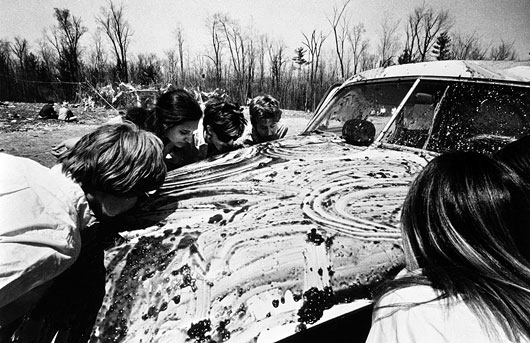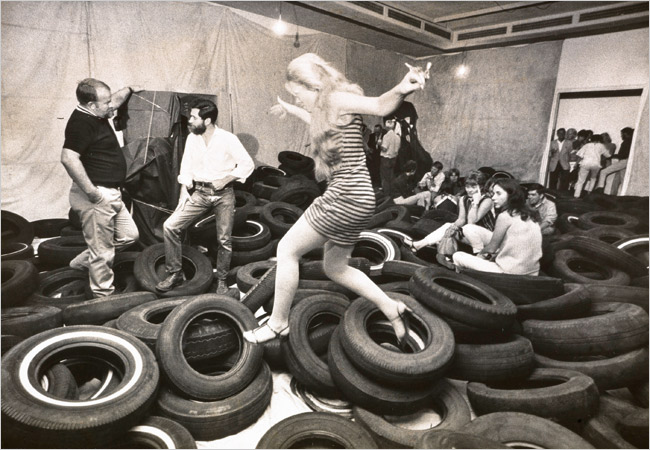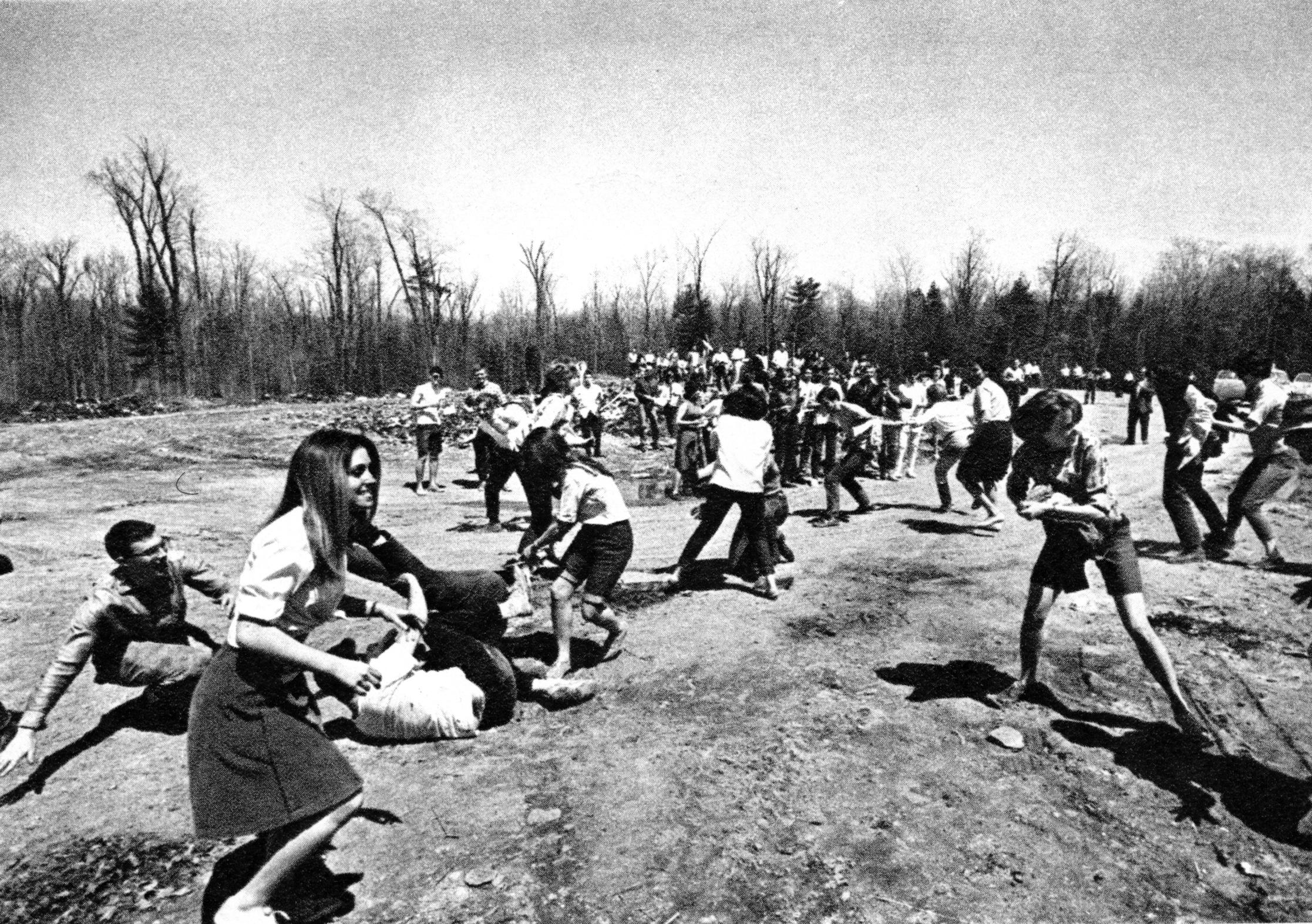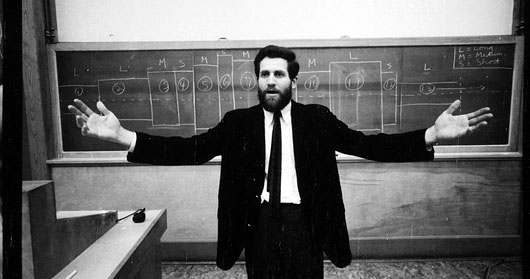I am put off by museums in general; they reek of a holy death which offends my sense of reality. Moreover, apart from my personal view, most advanced art of the last half-dozen years is, in my view, inappropriate for museum display. It is an art of the world: enormous scale, environmental scope, mixed media, spectator participation, technology, themes drawn from the daily milieu, and so forth. Museums do more than isolate such work from life, they subtly sanctify it and thus kill it.
But speaking practically, museums are often useful for there are not yet agencies or means for otherwise making art accessible to the public. As a compromise – I spell it out – between what is and what should be, I have agreed to a museum exhibit of that part of my work from the past which was still partially conceived in the gallery spirit. I would have preferred a factory building, loading platform or storage yard. But these being unavailable, I shall try to camouflage the museum environment as much as possible. One new work, however, a Happening, is to be presented outside the premises.
The collaborating institutions have shown unusual understanding and willingness to accommodate the problem, because being sensitive to the broad issues it calls up today, they are trying to make a step in the direction of solving it. That issue is not so much the abolition of all museums – they are entirely proper for the art of the past – ; it is rather the extension of the museum function into the domain of contemporary needs, in which it can act as a force for innovations lying outside of its physical limits. Eventually, in this way, the modern museum may gradually lose that cloying association of holiness that it presently inherits from another age. Hopefully, it will become an educational institute, a computerized bank of cultural history, and an agency for action.
Allan Kaprow, Auszug aus dem Katalog zur Ausstellung «Allan Kaprow» im Pasadena Art Museum, 1967.
Der Amerikaner Allan Kaprow (1927-2006) gilt als der Begründer des Happenings und als einer der progressivsten Künstler des 20. Jahrhunderts. Für eine jüngere Künstlergeneration, die sich in besonderem Masse mit Happenings und Performancekunst auseinander setzt, ist Kaprow eine wesentliche Referenzfigur.Mit der Arbeit «18 happenings in 6 parts» vollzog Kaprow 1959 als erster Künstler den Übergang zum Happening als einer performativen Kunstform, die keines künstlichen oder musealen Umfeldes mehr bedurfte, sondern im alltäglichen Leben angesiedelt war. Nicht passives Zuschauen, sondern aktive Teilnahme war gefordert. Die Mitwirkenden agierten anhand von Scores – Handlungsanleitungen, die Kaprow mal poetisch, mal detailliert beschreibend verfasste.
Artikel: Auszug aus dem Ausstellungskatalog des Pasadena Art Museum (PDF) Philippe Pirotte on Allan Kaprow Allan Kaprow “Die Entstehung des Happenings” An Interview with Allan Kaprow Allan Kaprow Allan Kaprow, Creator of Artistic ‘Happenings,’ Dies at 78
Quelle Biographie: Kunsthalle Bern
Quelle Titelbild: bo-ring
Quelle andere Bilder: Pakistan in America Madame Pickwick Pervasive Games Megan Jansen




